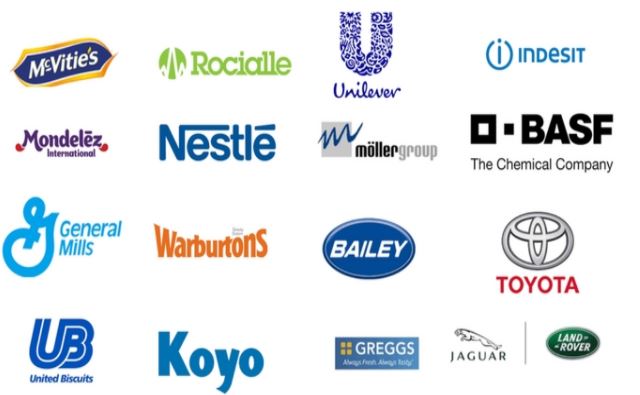Product recalls hit an all-time high last year after a series of high profile alerts in the motor vehicle and food industries. After reading countless news articles relating to those brands hardest hit, it’s pretty clear that size (of your business and/or your wallet) is not an automatic defence against the risk of recall.
In fact, the defence is in the detail. I’ll come onto that in a mo.
Product Recall, Product Rework or Product Contamination Risk Management is a complex chain of events, each working together to provide a barrier against exposure. While risk transfer can take place within your facilities, its just as likely (if not more likely) than the risk enters your facilities from a 3rd party – your supply chain.
So, what does good look like when it comes to reducing risk?
If you fail to plan – you plan to fail.
No-one plans a product recall so why not plan to reduce the risk. For instance, ingress of dirt. Won’t it be much easier to stop the dirt coming in in the first place? Even if your facility is clean, it’s what comes into it that is not – am I right?.
#1 – Supply-Chain Risk Management (SCRM) – the implementation of best practice strategies to manage the everyday and exceptional risks along the supply chain. Those who invest in the planning and control of material flow from external suppliers and the management of external logistics providers, significantly reduce risk. When was the last time you inspected those in your supply chain? Are you satisfied that they adhere to the required standards?
# 2 – Manage out contamination at the source – your main entrance points (goods in) are your unknowns, deliveries from multiple suppliers carried on the back of multi-drop HGV’s poise risk of ingress from dirt, dust and moisture. Each of these carries their own risk:
- Dirt – driven in at source, carried from forklift truck wheels (FLT) or foot throughout the whole production process gradually grinding into smaller particles.
- Dust – the dirt that has now become airborne causing unmeasurable opportunities for contamination. Not only a concern in terms of the well being of your employees but also product recall. Not so long ago, a well-known car manufacturer had a significant recall crisis when debris may have contaminated airbag clock springs. In this instance, the contamination may tear the cable and result in a loss of electrical connection to the driver’s frontal airbag.
Summary:
Companies who look at the risk of recall from a holistic view (internal and external) are better placed to survive a recall crisis – or even better still, prevent the recall in the first place.
|
By strategically placing ProfilGate throughout your building, you can capture up to 90% of dirt, dust and moisture. The system is proven to;
|
ProfilGate – as used by:
|
{{cta(‘50417c95-e1dd-41e4-abf8-57361988d6be’)}}

